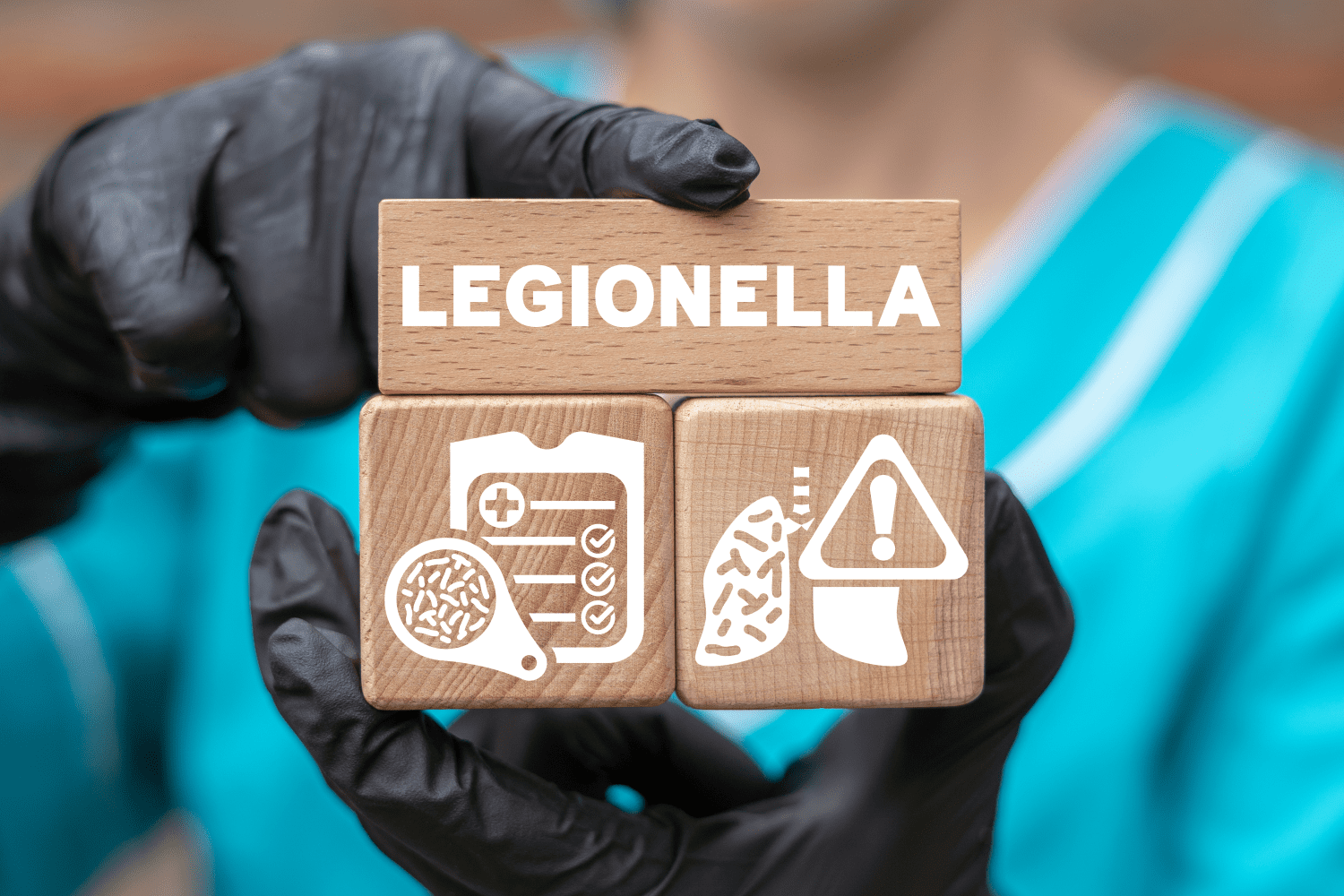How Is Legionella Testing Performed?
Legionella is a bacteria that can cause a serious lung infection called Legionnaires’ disease. It is found in warm water, such as in hot water tanks, cooling towers, and spas. Legionella can grow and multiply in these environments, especially if the water is not properly treated.
Legionella testing is performed to detect the presence of the bacteria in water. There are a number of different methods that can be used for Legionella testing, including:
- Culture: This is the most common method for Legionella testing. A water sample is taken and placed in a special culture medium that allows the bacteria to grow. The culture is then incubated for several days, and the bacteria are identified under a microscope.
- PCR: Polymerase chain reaction (PCR) is a molecular testing method that can be used to detect the presence of Legionella DNA in water. PCR is a very sensitive test, and it can detect very small amounts of the bacteria.
- Direct fluorescent antibody (DFA): DFA is a rapid test that can be used to detect Legionella antigens in water. Antigens are proteins that are found on the surface of the bacteria. DFA is a less sensitive test than PCR, but it is faster and can be used to test multiple water samples at once.
The best method for Legionella testing depends on the specific situation. Culture is the most sensitive test, but it can take several days to get results. PCR is a more rapid test, but it is not as sensitive. DFA is a rapid test that can be used to test multiple water samples at once, but it is not as sensitive as PCR.
Legionella testing should be performed in any building where there is a risk of Legionnaires’ disease, such as hospitals, hotels, and cooling towers. Testing should also be performed if there is an outbreak of Legionnaires’ disease.
The results of Legionella testing can help to determine the need for treatment and prevention measures. If Legionella is found in water, the water should be treated to kill the bacteria. In addition, steps should be taken to prevent the growth of Legionella in the future.
Here are some additional tips for preventing Legionnaires’ disease:
- Keep water temperatures in the safe range.
- Flush pipes regularly.
- Repair leaks promptly.
- Clean and disinfect water systems and equipment on a regular basis.
- Educate people about Legionella and how to prevent it.
By following these tips, you can help to protect yourself and others from Legionnaires’ disease.
Need Legionella services? Make your facility LegionellaREADY today.

